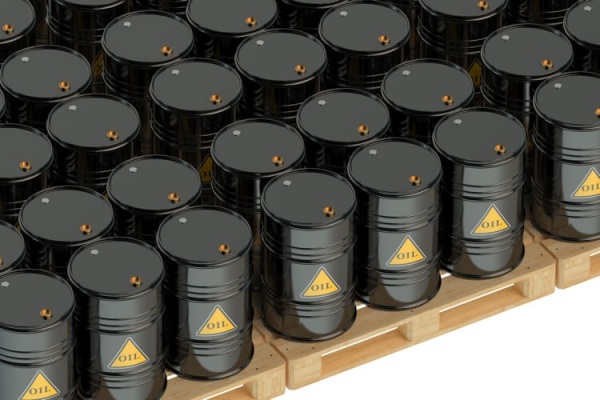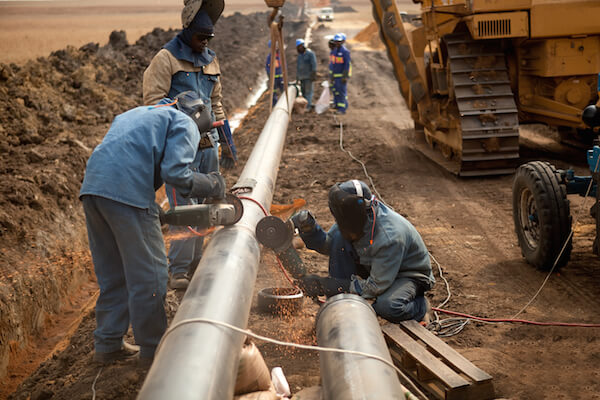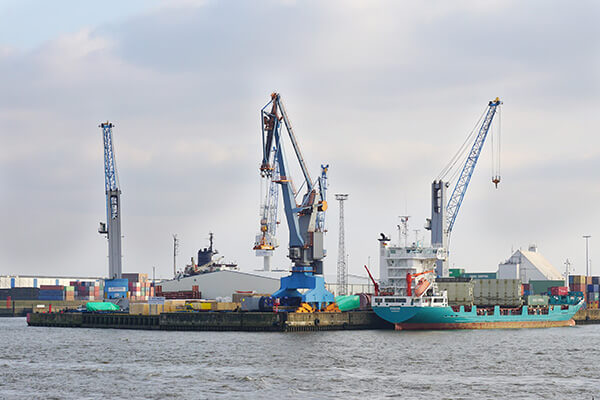¿Participarás en consorcio con otras empresas en las Rondas de Licitación de CNH? Conoce de qué se trata la Responsabilidad Solidaria.
En 2014, México promulgó la Reforma Energética y con ello abrió paso a un hecho histórico, por vez primera en 75 años se permitió a la inversión privada participar en las actividades de Exploración y Extracción de hidrocarburos.
Las empresas y consorcios interesados en participar en los concursos de licitación organizados por la Comisión Nacional de Hidrocarburos (CNH) lo pueden hacer como licitante individual o licitante agrupado (consorcio). Aquellos que deciden participar como consorcio no están obligados constituir una nueva persona moral, sino simplemente a manifestar su voluntad de presentar una propuesta conjunta para la licitación y firmar el contrato correspondiente.
Al permitir este tipo de agrupación, se pretende promover la participación del mayor número de empresas sin que se quede fuera el capital mexicano. Por eso, pueden licitar empresas que cuenten con experiencia y comprueben capacidad técnica (como operadores) -requisitos que en su mayoría van a cubrir empresas extranjeras- y empresas con capacidad económica y financiera (no operadores).
La participación en consorcio permite que las empresas reúnan las condiciones, que en conjunto les aseguren mayores posibilidades de éxito. No obstante, es importante considerar que en cualquier caso las empresas adquieren una responsabilidad total solidaria por las actividades que se ejecuten en el campo.
En primer lugar, será necesario definir su porcentaje de participación, lo cual no implica que asuman solamente en esa medida las obligaciones establecidas en el contrato, pues las empresas participantes serán solidariamente responsables de todas y cada una de las obligaciones que asume el consorcio, independientemente de su porcentaje de su respectiva participación.
El operador, por su parte, tiene la obligación de cumplir con las obligaciones del contrato en representación de las empresas participantes. Específicamente, se encarga de todos los aspectos operacionales, pero en caso de algún incumplimiento de su parte, como ya dijimos no releva de su responsabilidad solidaria a las otras empresas.
La figura del operador es central, por eso se requiere que cuente por lo menos con una tercera parte de la participación en el consorcio y ningún otro miembro podrá tener una participación económicamente mayor a la suya.
En materia de seguros, por ejemplo, el operador es responsable de contratarlos y presentarlos ante la Agencia de Seguridad, Energía y Ambiente (ASEA), de conformidad con lo establecido en las Disposiciones Administrativas de Carácter General en materia de Seguros (DAGS] para las actividades de Exploración y Extracción de Hidrocarburos, pero si en el momento de un siniestro las coberturas no fueran suficientes y/o adecuadas para responder por el daño, todos los participantes serán legalmente responsables de repararlo.
En NRGI Broker, somos expertos en materia de seguros, así como de la regulación en materia ambiental, con la que deben cumplir los operadores petroleros. Acércate a nosotros, con gusto te atenderemos.










